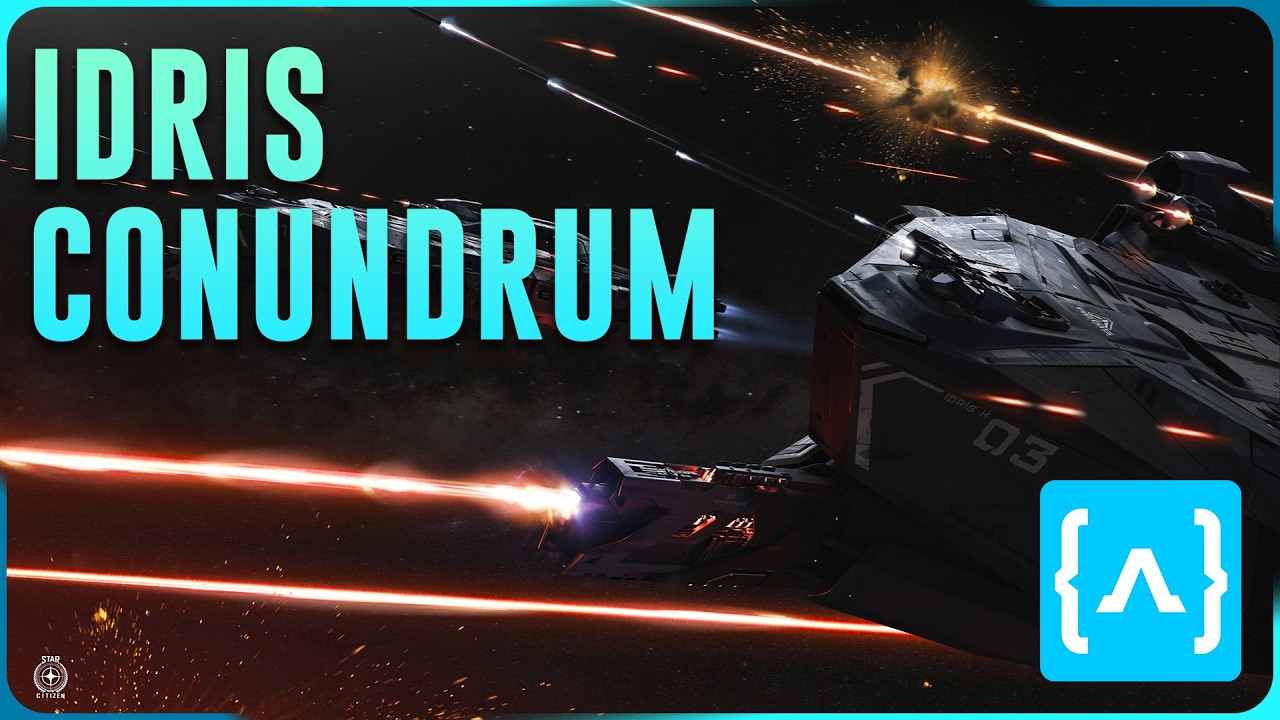The video critiques Star Citizen’s hull-limited Idris capital ship sales system, highlighting issues with wave-based sales that favor bots and scalpers, and proposes a weighted lottery system to improve fairness and reduce exploitation. It also explains the lore-based reasons for hull limits, anticipates changes with player-built ships in the future, and calls for better sales transparency to balance scarcity without frustrating the community.
The video discusses the recent sale of the Idris capital ship in Star Citizen, highlighting the frustration among players due to the tightly controlled wave-based sales system. Unlike most ships that can be purchased freely, capital ships like the Idris are hull limited, meaning only a set number are sold in waves at specific times on a first-come, first-served basis. This approach has led to intense competition, with bots and scalpers dominating the sales, making it difficult for regular backers to secure a ship. The latest sale featured 24 waves, half of which were priority waves accessible only to the most active players, though the criteria for this remain unclear and controversial.
The current wave system, while logical in theory, creates significant problems such as unfair access and rampant gray market activity, including the selling of priority wave spots and bot services. The video proposes a more equitable solution involving a weighted lottery system, where interested buyers sign up for a waitlist and are selected to purchase ships based on their position or chance. This system would allow selected players a set time to complete their purchase, with unclaimed spots moving down the list to give others a chance. Although not perfect, this method could reduce bot interference and scalping, improving the overall fairness of hull limited ship sales.
The hull limits themselves are primarily justified by lore and game balance reasons. In-universe, the production of large capital ships like the Idris is constrained by realistic shipbuilding capacities, drawing parallels to real-world naval shipbuilding timelines and quantities. For example, modern frigates can take years to build, and even during wartime, production rates are limited. This lore-based scarcity aims to reflect a believable universe where capital ships are rare and valuable. However, from a gameplay perspective, hull limits have little impact on balance since many players still show up with capital ships, and the consequences of losing such ships are minimal.
Looking ahead, the introduction of player-owned fabricators and shipyards is expected to change the dynamic of capital ship availability. Players will be able to build ships in-game using gathered resources, which contrasts with the current model where purchased ships appear out of thin air. This crafting system will require significant resource investment and cooperation, making capital ship production a major undertaking and a new balancing factor. Consequently, while hull limits may become less relevant, the difficulty and cost of building and maintaining these ships will help maintain game balance.
Finally, the video touches on the role of FOMO (fear of missing out) marketing in creating artificial scarcity to drive sales. While this tactic is not inherently bad, it can lead to community frustration if poorly managed. The solution is not to remove hull limits entirely but to improve the sales process with better tools and systems, potentially drawing on industry best practices for handling limited releases. The video concludes by inviting viewers to share their opinions on wave sales and hull limits, emphasizing the need for fairer and more transparent sales methods in Star Citizen.
